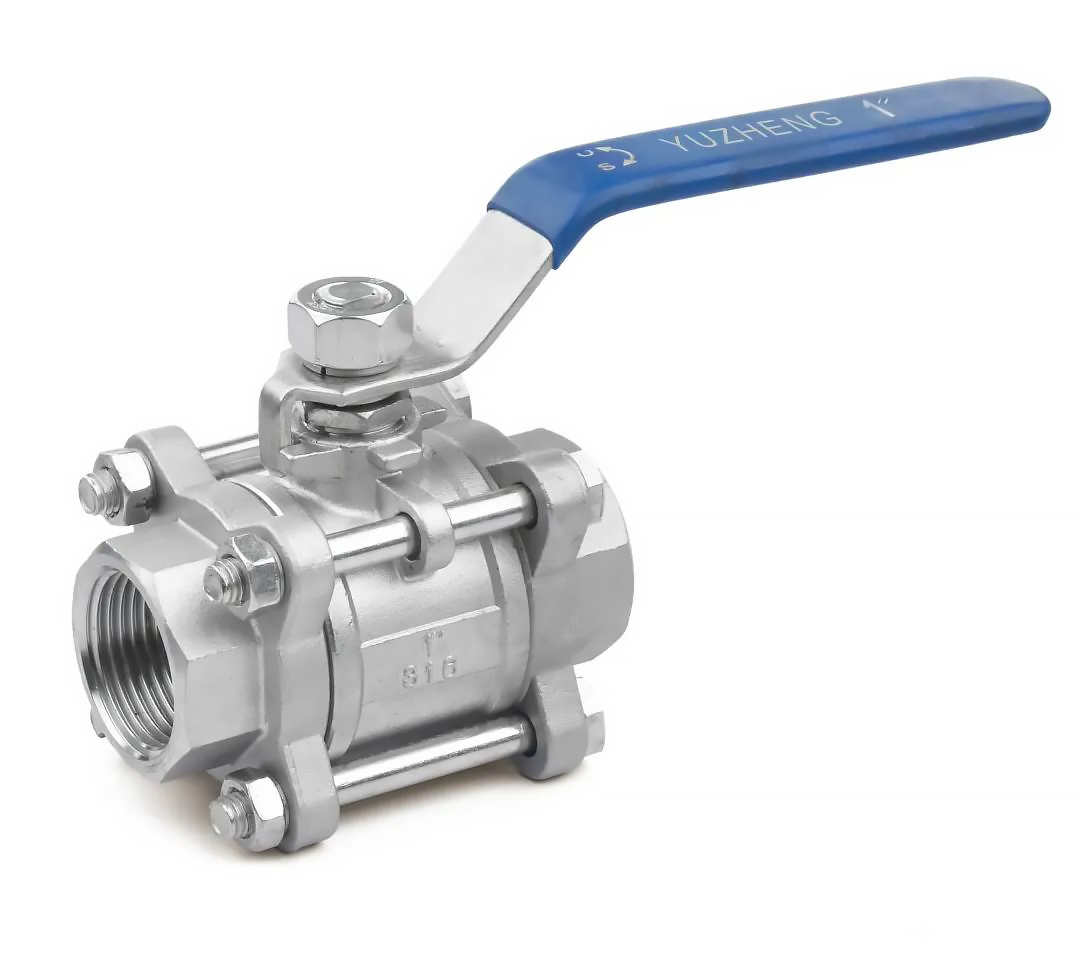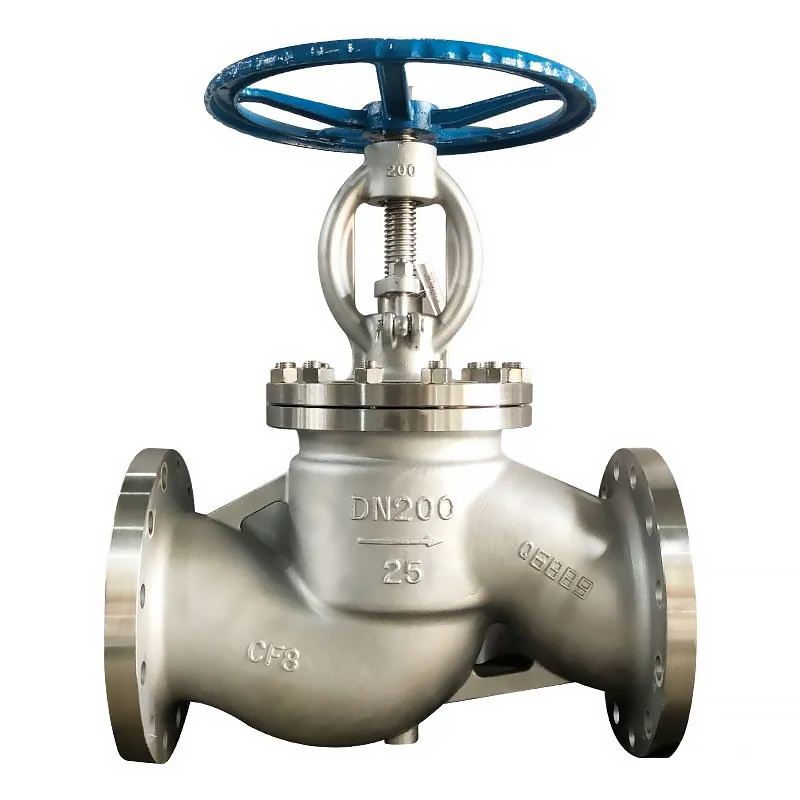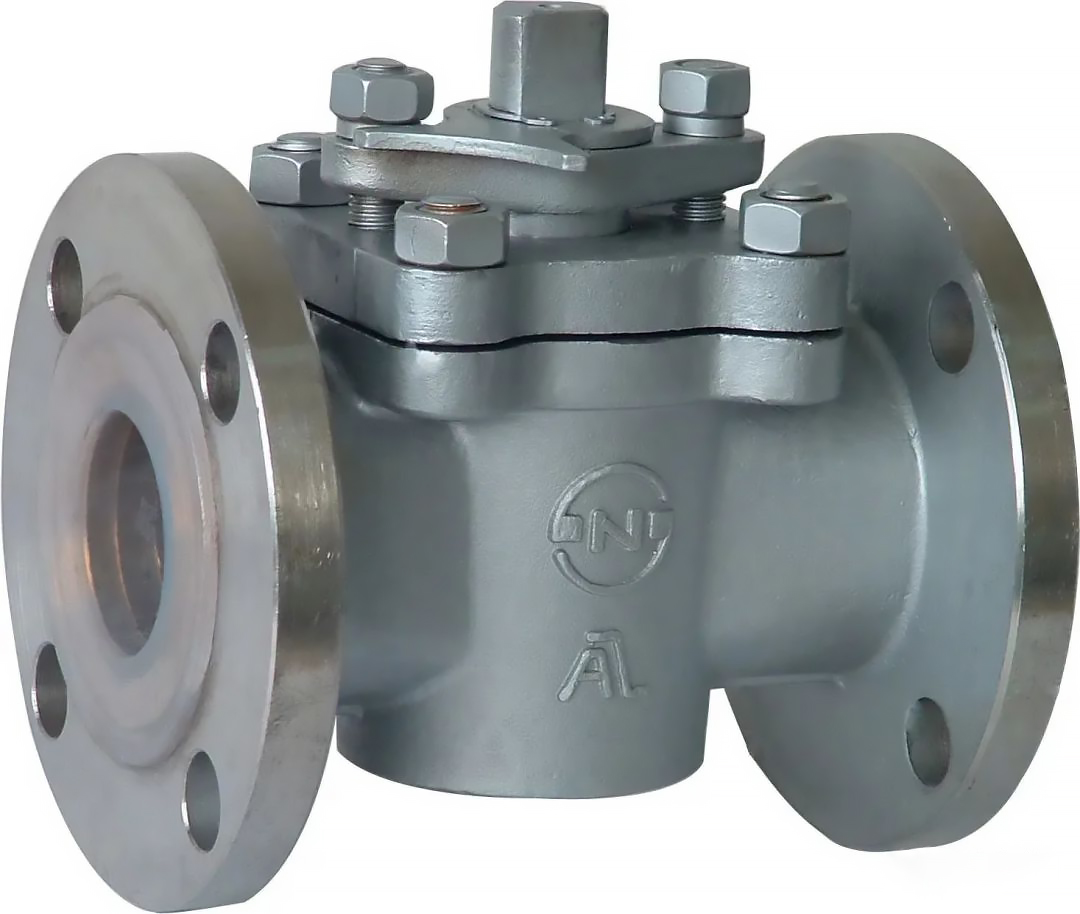
There are many types of valves, each with its own advantages and disadvantages. Here are the advantages and disadvantages of the five major valves, including gate valves, butterfly valves, ball valves, globe valves and plug valves. I hope it will be helpful to you.
1. Gate valve
Gate valve refers to a valve whose closing member gate moves along the vertical direction of the channel axis. It is mainly used to cut off the medium on the pipeline, that is, it is used fully open or fully closed.
Generally, gate valves cannot be used to regulate flow. It can be applied to low temperature pressure or high temperature and high pressure, and can be used according to different materials of the valve. However, gate valves are generally not used in pipelines transporting media such as mud.

advantage:
①After the gate valve is opened, the medium channel inside the valve body is straight without any obstruction, and the flow resistance is very small.
② When opening and closing, the movement direction of the gate plate of the gate valve is perpendicular to the direction of medium flow, the pressure is small, and opening and closing is less labor-intensive.
③The height of the gate valve is large, so the opening and closing time is longer, and water hammer is not prone to occur.
④ Both sides of the gate valve channel are symmetrical, and the medium can flow in any direction on both sides, so the installation of the gate valve is very convenient.
⑤Short structural length, good manufacturing process, and wide application range.
⑥The structure length is relatively short.
shortcoming:
①The sealing surface of the gate valve is very easy to wear, which affects the service life of the valve and is more troublesome to repair.
② The structure of the gate valve is complex and the processing steps are cumbersome. In particular, the sealing surface on the gate seat is difficult to process and there are many parts, so it is more expensive.
③The overall size is large, it requires a certain amount of space to open, and the opening and closing time is long.
2.Butterfly valve
Butterfly valve is a valve that uses a disc-type opening and closing part to rotate back and forth about 90° to open, close and adjust the fluid channel.

advantage:
① Opening and closing is convenient, fast, labor-saving, has small fluid resistance and is frequently operated.
②Simple structure, small size, short length, small size and light weight. Suitable for large diameter valves.
③ It can be used for media with suspended solid particles. It can also be used for powdery and granular media depending on the strength of the sealing surface. It can be used for two-way opening, closing and adjustment of ventilation and dust removal pipelines, and is widely used in gas pipelines and waterways in metallurgy, light industry, electric power, and petrochemical systems.
shortcoming:
① The pressure and operating temperature range is small. Due to the limitations of the structure and sealing material of the butterfly valve, it is not suitable for use in high-temperature and high-pressure pipeline systems. The general working temperature is below 300℃ and below PN40;
②The sealing performance is worse than that of ball valves and globe valves, so it is used in places where sealing requirements are not very high.
3.Ball valve
The ball valve evolved from the plug valve. Its opening and closing part is a sphere, which is used to rotate 90° around the axis of the valve stem to open and close.Ball valves are mainly used on pipelines to cut off, distribute and change the flow direction of media. Ball valves designed with V-shaped openings also have good flow regulation functions.

advantage:
①Has the lowest flow resistance (actually 0);
② Because it will not get stuck when working (when there is no lubricant), it can be reliably used in corrosive media and low-boiling point liquids;
③ Complete sealing can be achieved within a larger pressure and temperature range;
④ Rapid opening and closing can be achieved. The opening and closing time of some structures is only 0.05~0.1s to ensure that it can be used in the automation system of the test bench. When opening and closing the valve quickly, there is no impact in the operation;
⑤The spherical closing piece can be automatically positioned at the boundary position;
⑥The working medium is reliably sealed on both sides;
⑦ When fully open and fully closed, the sealing surface of the ball and valve seat is isolated from the medium, so the medium passing through the valve at high speed will not cause erosion of the sealing surface;
⑧With compact structure and light weight, it can be considered as the most reasonable valve structure for low-temperature medium systems;
⑨ The valve body is symmetrical, especially the welded valve body structure, which can withstand the stress from the pipeline well;
⑩The closing part can withstand the high pressure difference during closing. The ball valve with a fully welded body can be buried directly underground to prevent the valve internal parts from being corroded. The maximum service life can be up to 30 years. It is the most ideal valve for oil and natural gas pipelines.
shortcoming:
① Because the main valve seat sealing ring material of the ball valve is polytetrafluoroethylene, which is inert to almost all chemical substances, has a small friction coefficient, stable performance, is not easy to age, has a wide temperature range and excellent sealing performance comprehensive characteristics.
However, the physical properties of PTFE, including a high coefficient of expansion, sensitivity to cold flow and poor thermal conductivity, require that the valve seat seal must be designed around these properties.
Therefore, when the sealing material hardens, the reliability of the seal is compromised. Moreover, PTFE has a low temperature resistance level and can only be used below 180°C. Above this temperature, the sealing material will age. When considering long-term use, it is generally not used at 120°C.
② Its adjustment performance is worse than that of the stop valve, especially the pneumatic valve (or electric valve).
4. Stop valve
Globe valve: refers to a valve in which the closing member (valve disc) moves along the centerline of the valve seat. According to this movement form of the valve disc, the change of the valve seat opening is directly proportional to the valve disc stroke.
Since the opening or closing stroke of the valve stem of this type of valve is relatively short, and it has a very reliable shut-off function, and because the change of the valve seat opening is proportional to the stroke of the valve disc, it is very suitable for regulating flow. Therefore, this type of valve is very suitable for shutting off or regulating and throttling.

advantage:
① During the opening and closing process, because the friction between the valve disc and the valve body sealing surface is smaller than that of the gate valve, it is wear-resistant.
②The opening height is generally only 1/4 of the valve seat channel, so it is much smaller than the gate valve;
③ Usually there is only one sealing surface on the valve body and valve disc, so the manufacturing process is relatively good and easy to maintain;
④ Since its filler is generally a mixture of asbestos and graphite, it has a higher temperature resistance level. Generally, stop valves are used for steam valves.
shortcoming:
①Due to the change in the flow direction of the medium through the valve, the minimum flow resistance of the stop valve is also higher than that of most other types of valves;
②Due to the longer stroke, the opening speed is slower than that of the ball valve.
5. Plug valve
Plug valve: refers to a rotary valve with a plunger-shaped closing member. Through 90° rotation, the channel port on the valve plug communicates with or separates the channel port on the valve body to achieve opening or closing.
The shape of the valve plug can be cylindrical or conical. Its principle is basically similar to that of a ball valve. The ball valve is developed on the basis of the plug valve. It is mainly used in oil field mining and also in the petrochemical industry.

advantage:
① Used for frequent operations, opening and closing quickly and easily.
②The fluid resistance is small.
③Simple, relatively small in size, light in weight and easy to maintain.
④Good sealing performance.
⑤Subject to the installation direction, the flow direction of the medium can be arbitrary.
⑥No vibration and low noise.
shortcoming:
①The cover is too large, resulting in too much torque and insufficient flexibility.
②Affected by weight, the caliber size is limited.
③In actual use, if a large-size valve is used, a reverse cock structure must be used, which can easily affect the sealing effect.